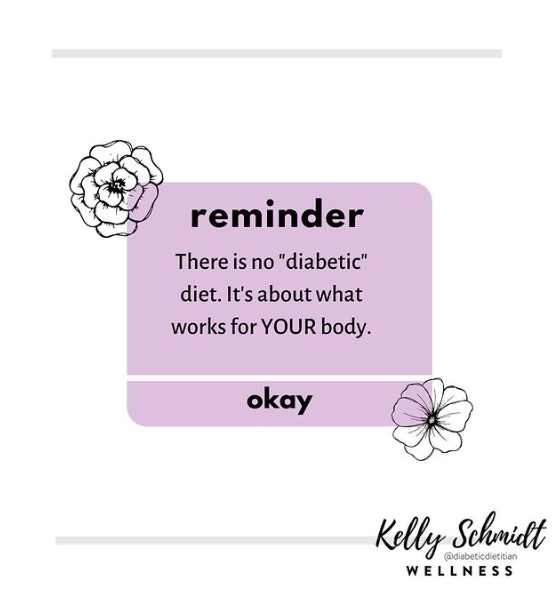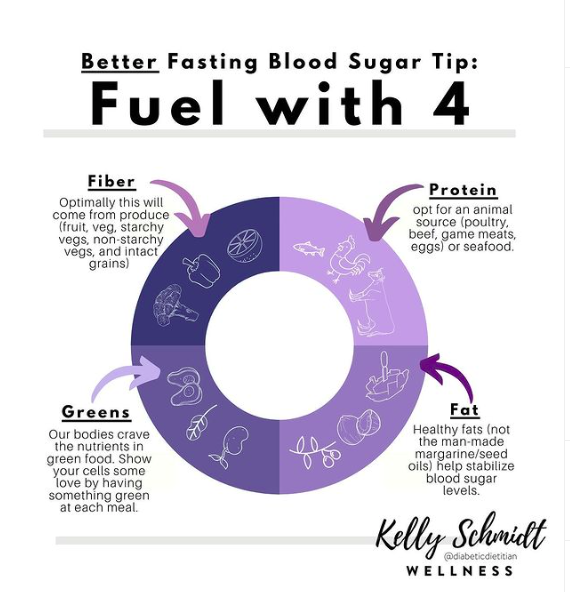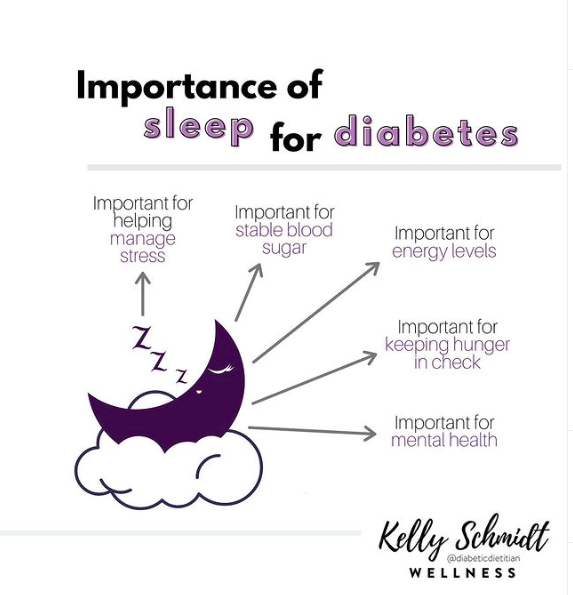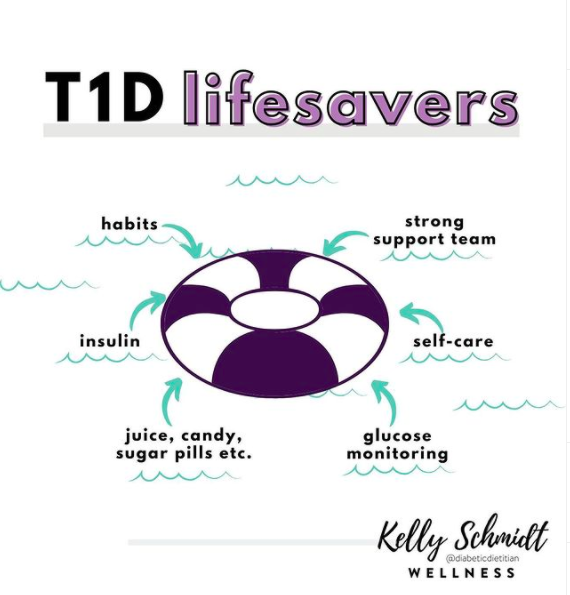 We have 168 hours in a week but each of those hours is not equal in productivity nor attention. The morning is a time we each have the most control over and therefore we can take advantage of this window of our day to set ourselves up for success. Perhaps getting out of bad earlier is the answer to allowing you to get the most out of your day verse the day getting the most out of you.
We have 168 hours in a week but each of those hours is not equal in productivity nor attention. The morning is a time we each have the most control over and therefore we can take advantage of this window of our day to set ourselves up for success. Perhaps getting out of bad earlier is the answer to allowing you to get the most out of your day verse the day getting the most out of you.
Yet, as we approach the most sought-after weight-loss month of the year, perhaps this year, you can be motivated by a routine that leads to a concrete wellness goal. Enlightening ideas below.
Three Square Meals
Research has shown that regular daytime eating patterns help regulate the release of leptin (satiety hormone), resulting in reduced hunger scores and cravings throughout the day.
Consistent mealtimes are key, with the same amount of carbohydrates at each meal from one day to the next. Snacking and grazing add the danger of stacking insulin and increasing the risk of low blood sugar episodes.
A perk of eating only 3 meals a day – it improves intestinal movement. The migrating motor complex (MMC) is the nerve complex that is active in the upper gut; it empties the stomach and energizes the small intestines. MMC starts working 2 hours after eating, if you snack shortly after 2 hours, your will stop food movement and shut down the gut and fluid nutrient absorption. Everyone should allow for 4-5 hours between meals. This is possible when an adequate meal of protein, healthy fat, and fiber is consumed.
Eat with the Sunlight
If one must eat late (after 7 pm), eat light. Research shows prolonged delayed eating (eating from noon to 11pm) compared to eating during daylight hours can increase weight, insulin and cholesterol levels, and negatively affect fat metabolism, and hormonal markers implicated in heart disease, diabetes and other health problems, according to results from researchers at the Perelman School of Medicine at the University of Pennsylvania. The research discovered late-night meals caused people to gain weight by reducing the body’s ability to burn fat.
If it’s not possible to have dinner earlier, convert this meal to be the smallest one of the day, and include an afternoon snack with a combination of protein, fiber, and fat to help keep you on goal.
It’s Dinner Time, 6 PM
In case I didn’t spell it out, I want to share another study, bringing home the message to eat dinner at an ideal time, between 5:30 – 6:30 PM. Eating a late dinner worsens glucose tolerance and reduces the amount of fat burned. On average, the peak glucose level after late dinner was about 18 percent higher, and the amount of fat burned overnight decreased by about 10 percent compared to eating an earlier dinner.
This suggestion is a target to hit most nights. For the occasion of a late meal, again, try to eat a lighter meal, to minimize the impact of insulin resistance and fat storage, and if need be, adjust your overnight insulin to compensate.
Walk Daily
Research shows that physical activity can improve insulin sensitivity for 16 hours or more. Make it a rule of thumb to exercise most days, if not, every other day. Doing so can allow for easier blood sugar control with exercise and having a stable basal insulin need.
There is so much magic with walking. Walking can drop blood sugar on average 1mg/dL per minute. This is super handy if a pre-bolus was abused or a high blood sugar is present before, during or after a meal. Walking can act faster than insulin and can be beneficial in small increments. Though few studies have tested walking in people with type 1 diabetes, the results do seem positive, particularly after meals. A 2012 study examined 12 patients with type 1 diabetes over 88 hours. Those who walked after meals had approximately one-half the glucose excursion compared to those who did not walk after meals.
Morning Exercise
Overall, it’s a win if you are moving your body any time of the day and indeed exercise makes insulin work faster. Therefore, it may be an area to consider exercising fasted in the morning when you don’t have any active insulin on board.
Enjoy (Pace) Your Meals
In a study by Gastroenterology, participants who consumed a mineral drink while they were in a relaxed state absorbed 100 percent of the drink’s nutrients. Yet, when the participants were asked to concentrate as two different people spoke to them simultaneously about different topics while drinking the same mineral drink showed a significant reduction in nutrient absorption.
With distraction and stress, food digestion gets put on the back burner. Your body is working to digest information and threat. Additionally, stress depletes nutrient stores. Vitamins A, E and C, B-vitamins, chromium, copper, iron, zinc and magnesium are some of the first to go, which are all very important for mental health, sleep, detoxification and blood sugar management.
High-Protein Breakfast
Eating a high protein breakfast can help improve calorie intake and blood sugar control throughout the day.
Hydrate Between Meals
Drinking water regularly re-hydrates the blood, lowers blood sugar levels, and reduces diabetes risk. Research shows that drinking water before meals reduced calorie intake and may be effective in weight management. Friendly-reminder, water, and other non-caloric beverages are best. Liquid calories raise blood glucose, drive weight gain, and increase diabetes risk.
Create A Bedtime Routine
Poor sleeping habits and a lack of rest also affect blood sugar levels and insulin sensitivity. Lack of sleep increases the appetite, leading to an increase of 400 calories a day as well, increase insulin resistance. In a 2012 study, data showed that 4 nights of 4.5 hours of sleep increased insulin resistance by 30% in healthy non-diabetic participants. ⠀
I commonly tell clients that sleep is the secret sauce to health and blood sugar control.
Do you have a routine that fires you up and makes you a better person day after day? Share your plans or tips in the comments below.





